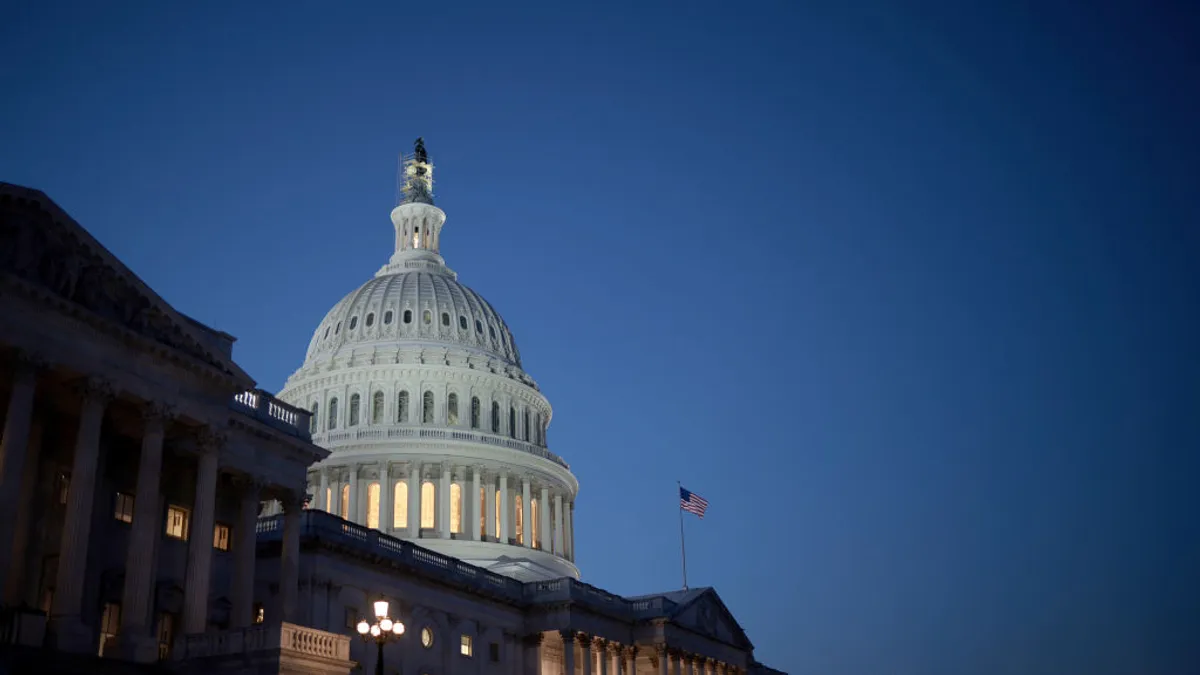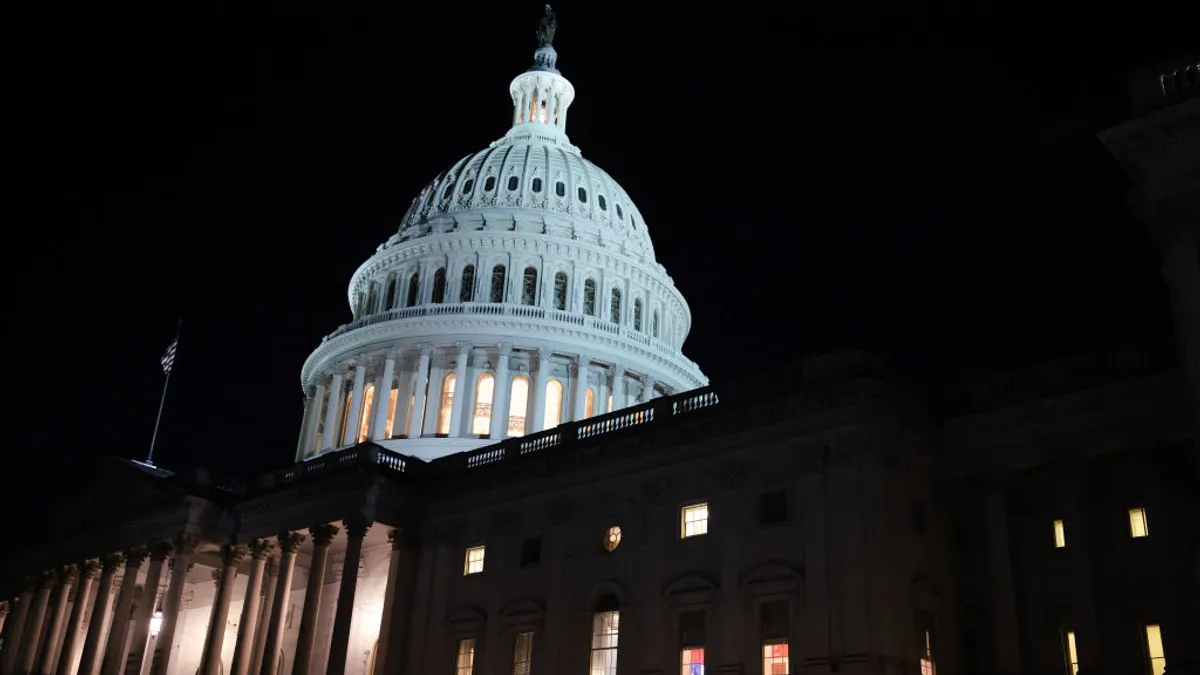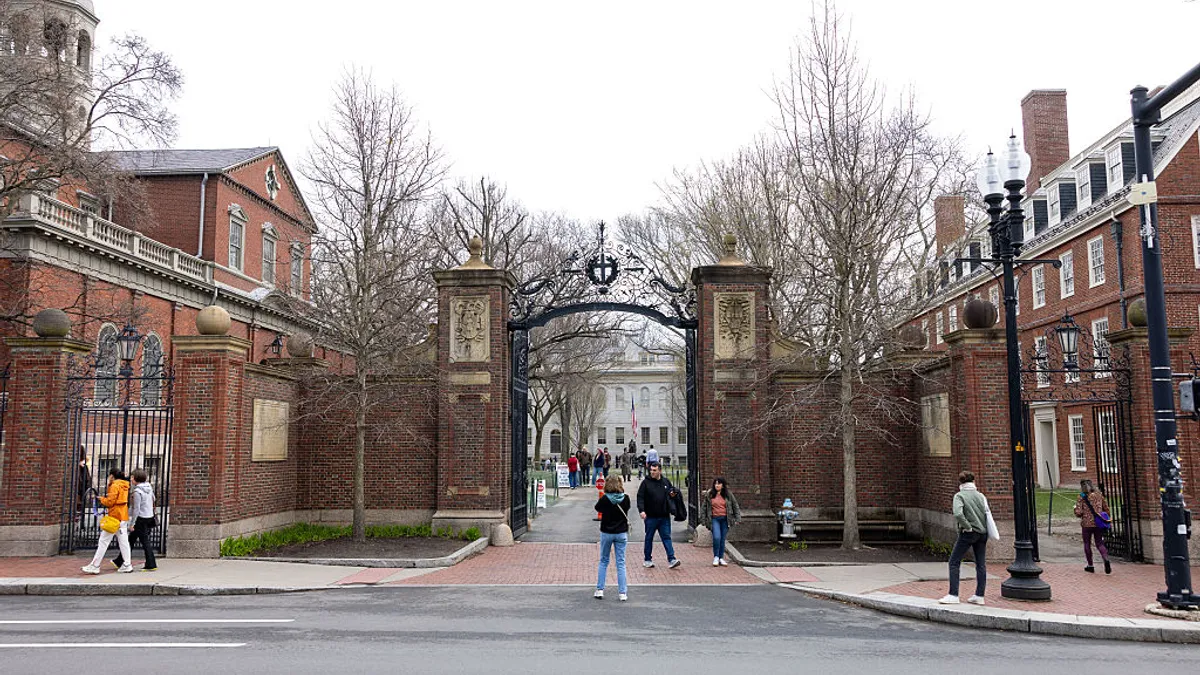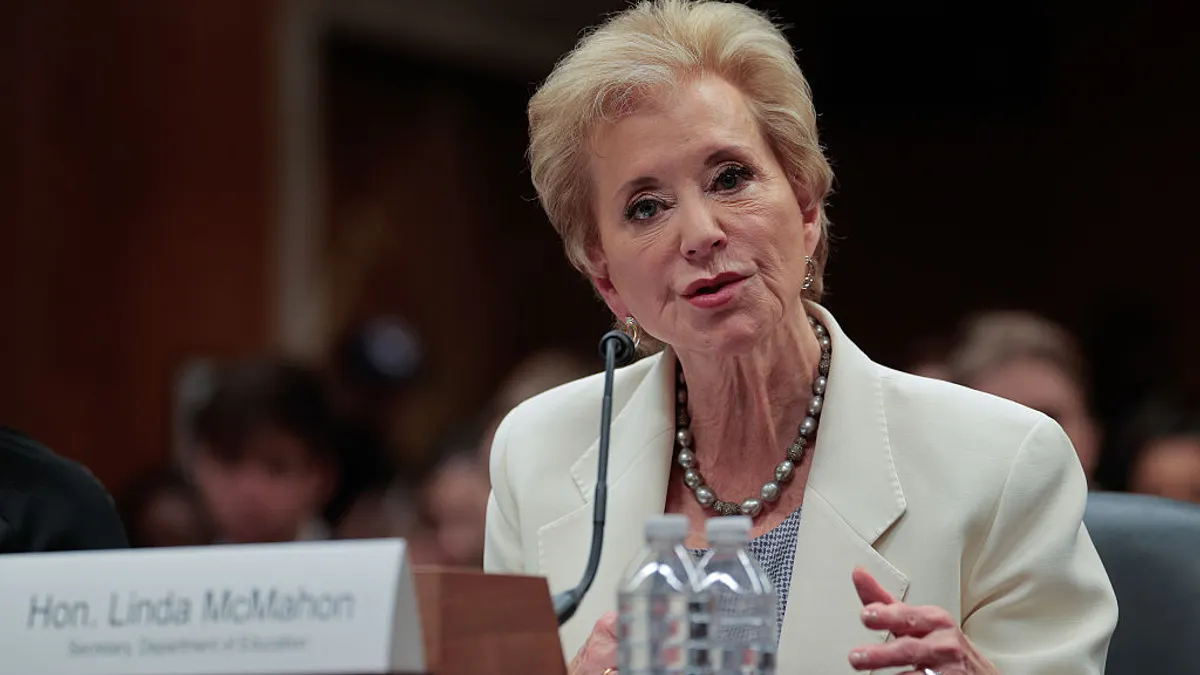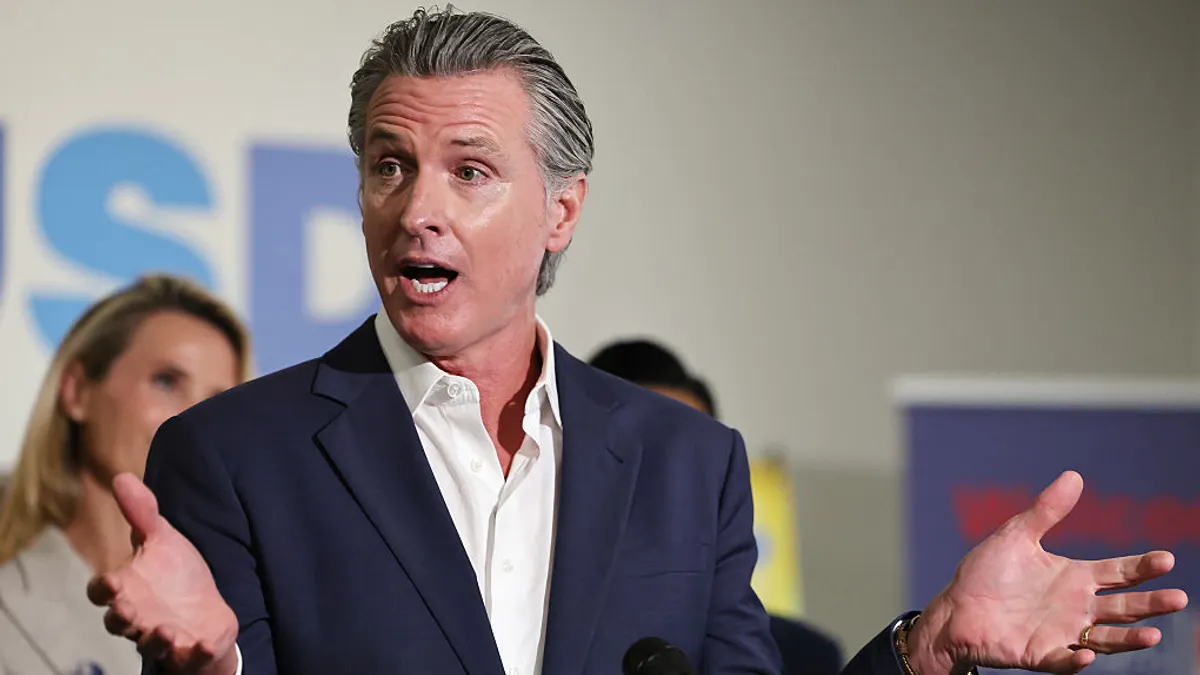Kelly McManus is vice president of higher education at Arnold Ventures, a philanthropy focused on issues in higher education and other sectors and evidence-based solutions to address them.
On a recent weekend in Washington, D.C. in late May, the west end of the National Mall was flooded with college graduates and their families following their graduation ceremonies. These students had spent precious time and resources — including likely significant financial aid — to secure a credential they hope will propel them to economic mobility and stability.
But sadly, these students are not the norm. Today, only 3 in 5 college students make it to graduation day, a number that drops to under 2 in 5 for two-year credentials. For students who do graduate, far too many have a credential that carries no value in the labor market.
At the other end of the National Mall, the House of Representatives was working on The One Big Beautiful Bill Act. The Senate recently passed its own version. The two chambers will need to reconcile the differences between their bills to send the legislation to President Donald Trump’s desk.

The higher education proposals put forward by Senate Republicans are a good start to addressing some critical issues, such as complex student loan repayment, excessive graduate school borrowing, and low standards for access to federal financial aid. As the process moves forward, lawmakers have important opportunities to improve outcomes for students and taxpayers while saving public dollars.
The reconciliation bill passed by the Senate on Tuesday would create much-needed performance standards for Title IV funding, currently the largest source of federal aid to postsecondary students.
Under this proposal, programs would only be eligible to receive student loan dollars if at least half of their graduates earn more than the typical high school graduate in their region. Similarly, for graduate programs, students who finished their programs would have to earn more than the typical bachelor's degree holder in their same field and region.
This is an important first step: The public should no longer subsidize programs where more than half of the students are worse off than they would have been had they never enrolled.
However, this plan does not go far enough to address high-cost, low-value programs. Under the the Senate-passed version, a program could have graduates who earn, on average, barely above the threshold, yet still have so much student debt that they can never repay it. Holding institutions accountable for how much they charge is critical, and adding a debt-to-earnings metric is a commonsense way to ensure that institutions have skin in the game to protect student and taxpayer investments.
In addition, the bill excludes certificate programs from the proposed earnings standards. This leeway undermines the longstanding goal of creating an accountability system that treats all programs fairly and is truly sector-neutral. It is important for the final bill to correct this oversight.
This bill takes additional positive action to address the complexity in our repayment system by consolidating the number of repayment plans to just two options for new loans. The federal government currently offers seven different repayment plans, a needlessly high number that contributes to borrower confusion and loan defaults.
Income-driven repayment plans, introduced in 1995, have made student loan repayments more manageable. Cutting repayment plans down to two options — one standard plan with fixed payments for well-off borrowers and an income-driven repayment plan that caps payments at a reasonable percentage of a borrower’s income — creates a safety net for lower-income borrowers while avoiding a back-door subsidy for well-off borrowers.
Finally, the bill makes important strides in addressing runaway graduate lending. Unlike undergraduate student loans, the federal government places no cap on the amount a graduate student can borrow through the Grad PLUS program. This has had disastrous, unintended effects on the cost of a typical graduate degree.
Those costs have soared since Grad PLUS loans were introduced in 2006, even as the return on investment of many graduate programs remains questionable at best. The Senate bill would eliminate Grad PLUS loans and set a lifetime cap of $100,000 for federal student loans for non-professional graduate degree programs and $200,000 for professional degree programs.
Even with these caps, borrowers who need financing for graduate programs would be able to take on six-figure debt loads, while pushing back on the practice of many institutions of raising tuition and saddling students with debt they cannot afford.
These are commonsense, evidence-backed reforms that we hope members of Congress can get behind. We remain hopeful that their decisions will support economic mobility for all students.


